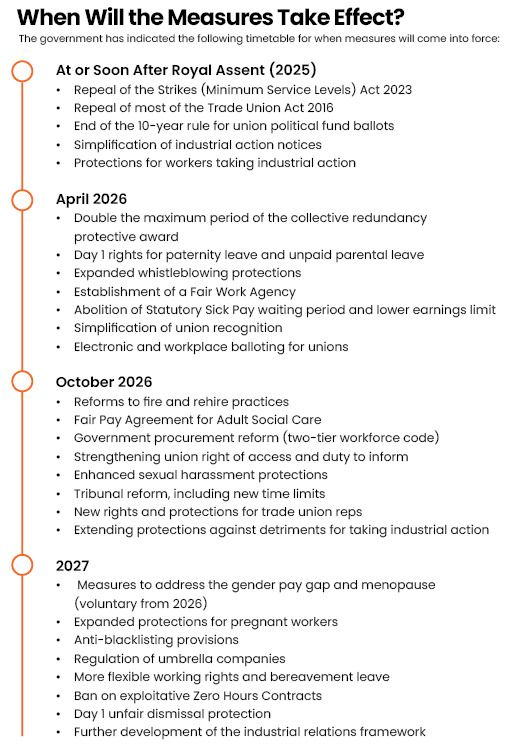Campaigning for Power - Aim Target Lever.
- msmithorganiser
- Apr 15, 2021
- 3 min read

All the rights we have as working people were fought for and squeezed out of the rich and powerful against their will. We were never “given” the vote, the weekend, regular wages and an end to discrimination and exploitation where we work and where we live. Every one of these rights can be taken away and in truth we organise in a world where they are under constant threat of being stolen back whenever our power wanes.
Effective union and community campaigns seek to go further than the shortcuts we are constantly offered to buy, borrow and beg power from the media, employers, politicians and lawyers. They are instead focused around the people with the biggest direct interest in getting change building their own power not letting others bluff it. And working out how to use it. These campaigns recognise that its the balance of power that determines campaign results and not the skills of negotiators and politicians.
Some union and community campaigns skip this power analysis and so, sadly, can go unnoticed even by those they are aimed at. Some campaigns focus on the activity: numbers at a rally, social media hits and click throughs, constant surveys and click petitions. To be effective we should focus on assessing the impact of our campaign work on those we want to deliver change.
Some others focus exclusively on why we are seeking change and not enough on how to shift those opposed to us - as if all we need to do to win is to make the moral argument and appeal to our opponents good nature.
To win, we first need to trigger a reaction from our opponents that we can work with and choose tactics accordingly whether workplace ballots or elections, strike action, lobbies, visible “union days”, public petitions as examples - the list is endless.
So the starting point for our industrial and political campaigns is to first undertake an honest assessment of who has the power to change and then how we might move them. The simple Aim, Target, Lever (ATL) framework helps to do this. And helps us plan each campaign effectively and in a way that keeps it focused on results people can see and feel.
Aim – In a short phrase that could fit in a Tweet, a leaflet or poster - what is it that we want? How can we problematise, personalise, polarise and politicise our demand to best frame it?
Target – Who personally, or which organisation collectively, has the power to give us what we want? In a corporate body, who is the decision maker? How do we get "on their doorstep, in their faces and on their conscience"
Levers – Who or what has the power to influence the decision maker/s and put pressure on them to make the change we demand? How do we mobilise our supporters to pull these levers on the targets and demonstrate our support to the Target and to each other?
Key to this approach is also an objective and rolling assessment of our own capacity and resources throughout the campaign as we build our power. This means continually testing our structures through including those who stand to benefit the most from the campaign in actions on our Levers.
We must continually resist the temptation to bluff and pretend to a power we don’t yet have, and avoid campaigns for rather than with people. Similarly we must avoid gaslighting our members and communities into believing they are somehow to blame for the exploitation that they face, should our campaigning have limited impact



Acknowledging the thinking of Steve Pryle Ex GMB Communications and Campaigns Officer in developing this model